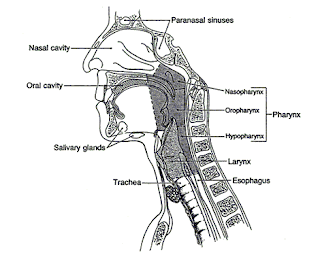Singing depends on the use of the lungs, which act as an air supply, or bellows; on the larynx, which acts as a reed or vibrator; on the chest and head cavities, which have the function of an amplifier, as the tube in a wind instrument; and on the tongue, which together with the palate, teeth, and lips articulate and impose consonants and vowels on the amplified sound.

The sound of each individual's singing voice is entirely unique because of the actual shape and size of an individual's vocal cords and also due to the size and shape of the rest of that person's body. Humans have vocal folds which can loosen, tighten, or change their thickness, and over which breath can be transferred at varying pressures. The shape of the chest and neck, the position of the tongue, and the tightness of otherwise unrelated muscles can be altered. Any one of these actions results in a change in pitch, volume, timbre, or tone of the sound produced. Sound also resonates within different parts of the body, and an individual's size and bone structure can affect the sound produced by an individual.
Singers can also project sound so that it resonates better within their vocal tract. This is known as vocal resonation. Another major influence on vocal sound and production is the function of the larynx which people can manipulate in different ways to produce different sounds. These different kinds of laryngeal function are described as different kinds of vocal registers. The primary method for singers to accomplish this is through the use of the Singer's Formant; which has been shown to match particularly well to the most sensitive part of the ear's frequency range.



